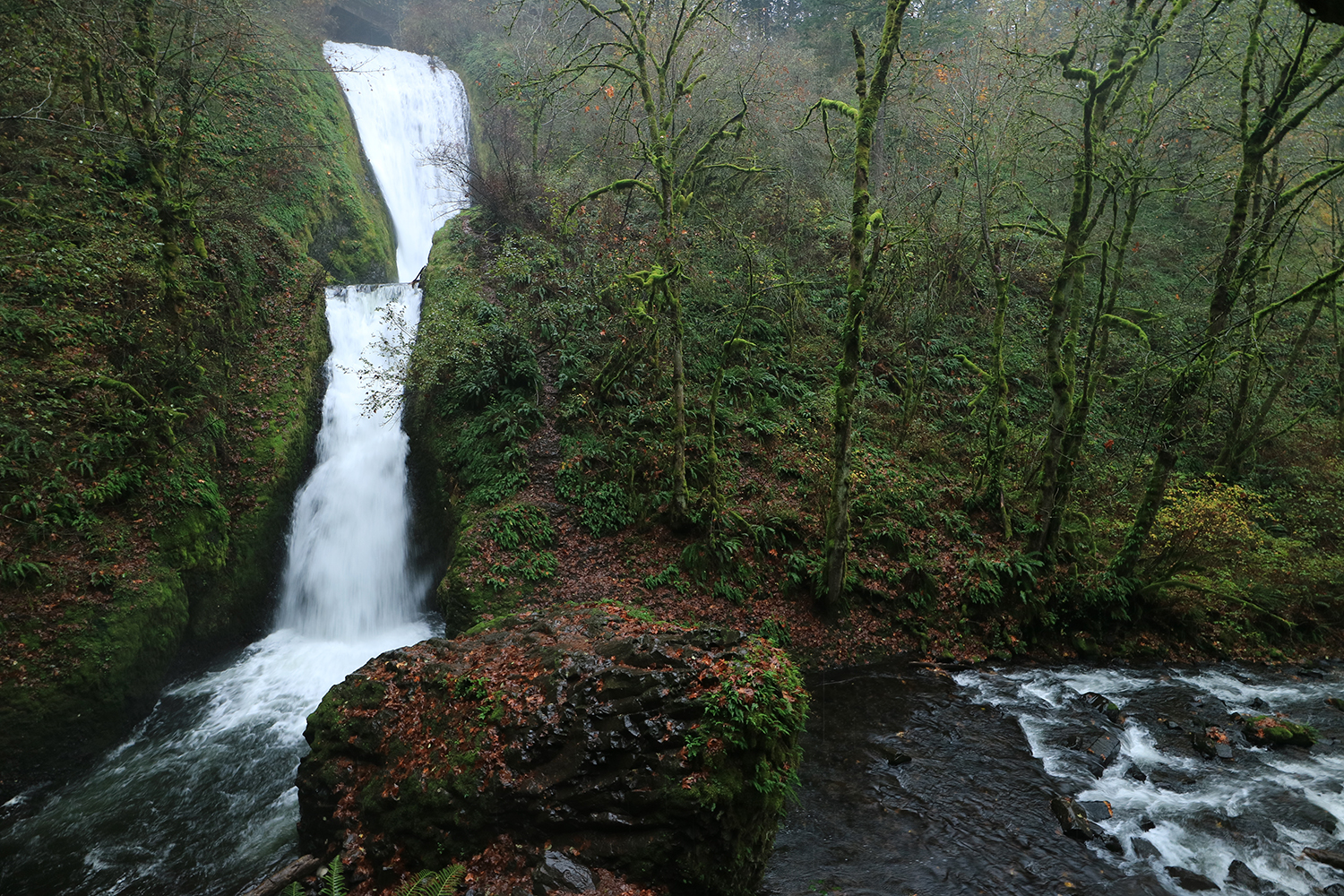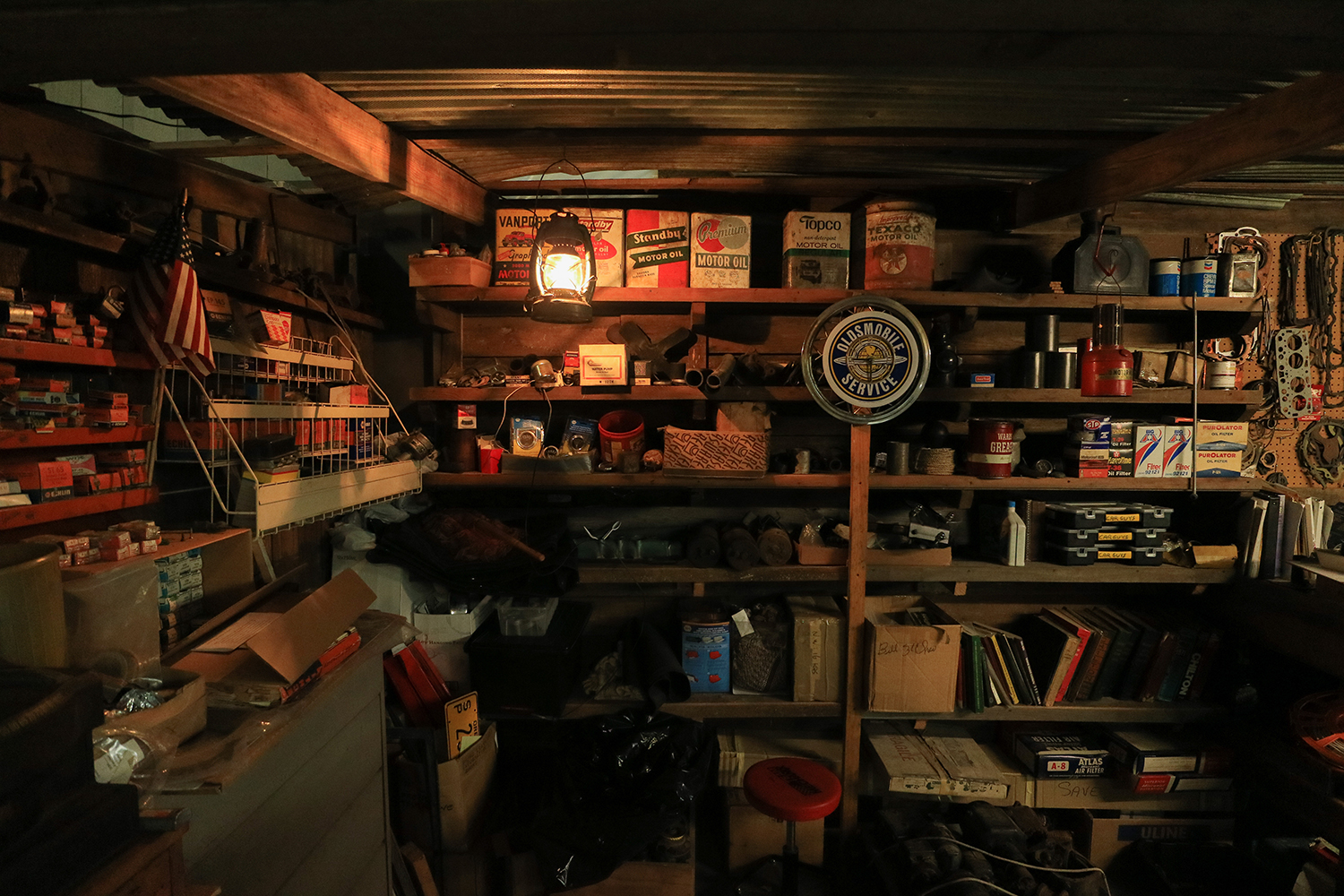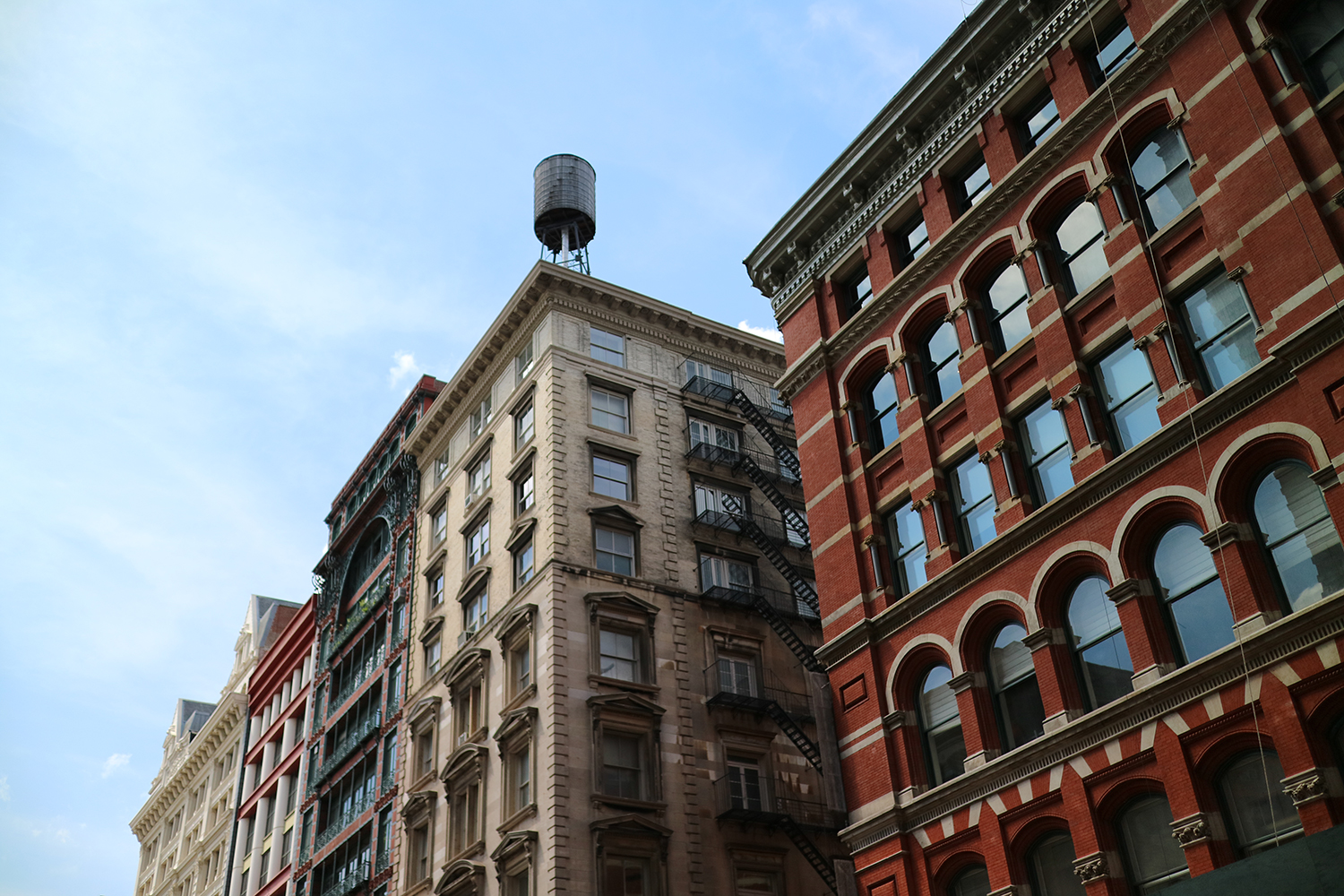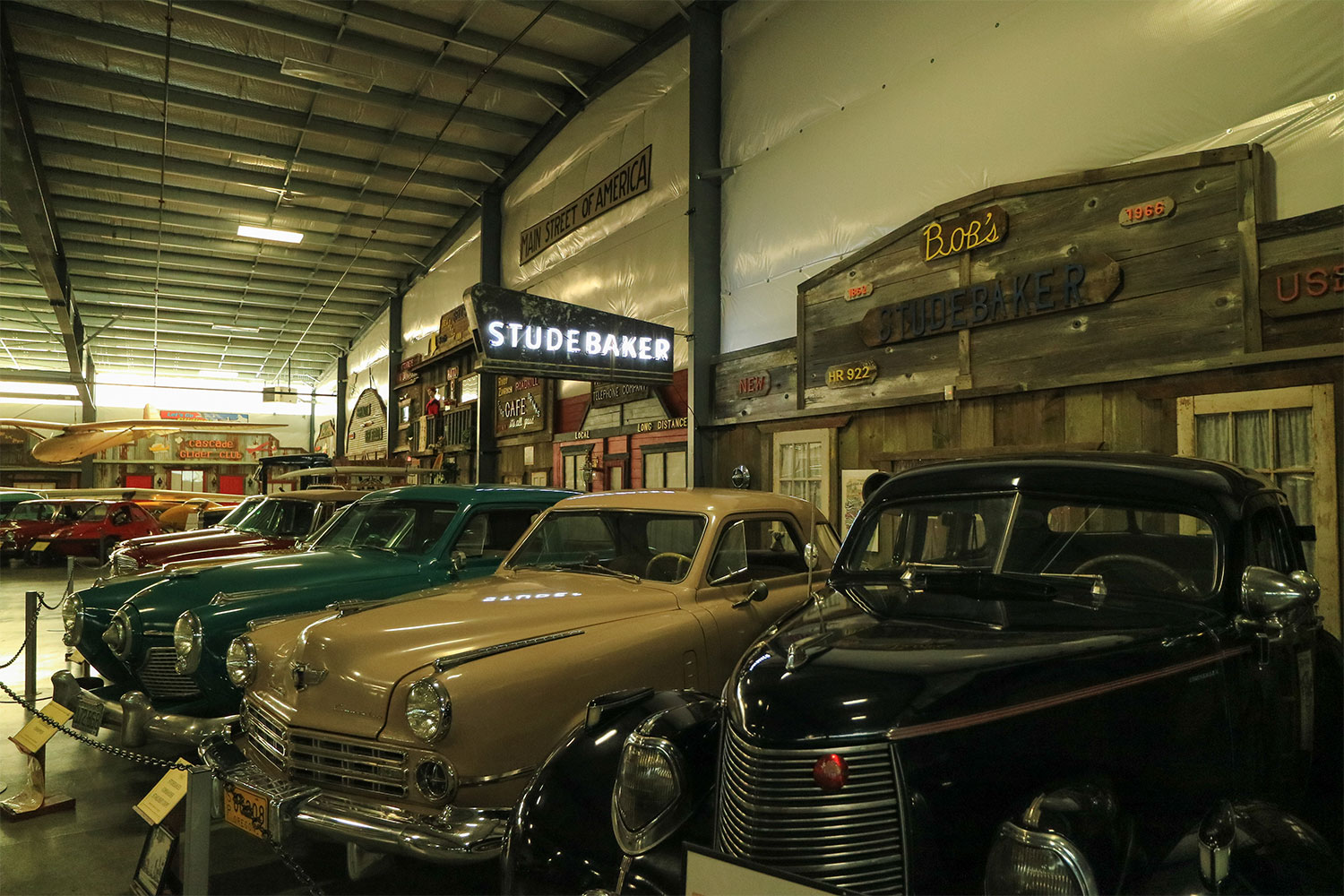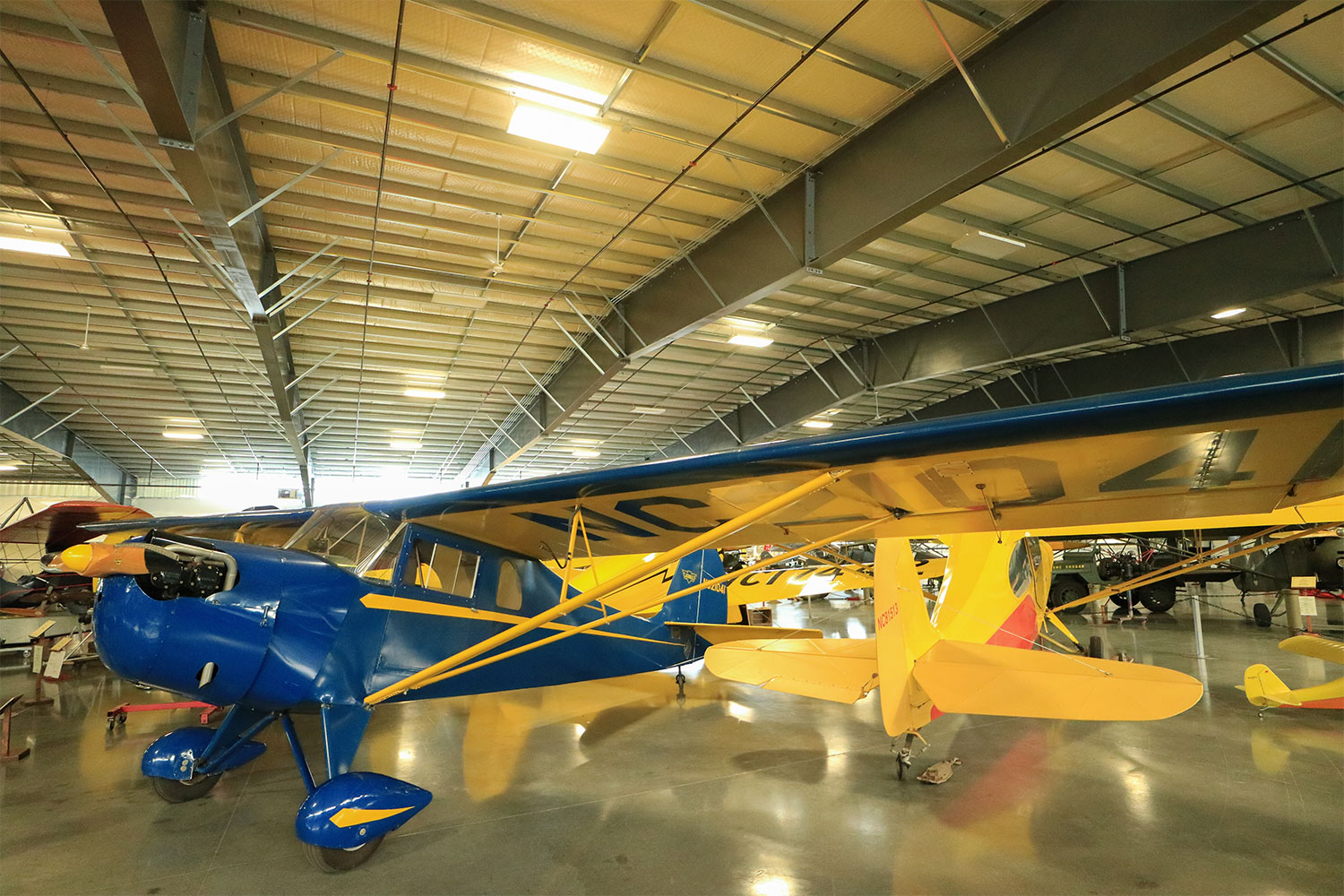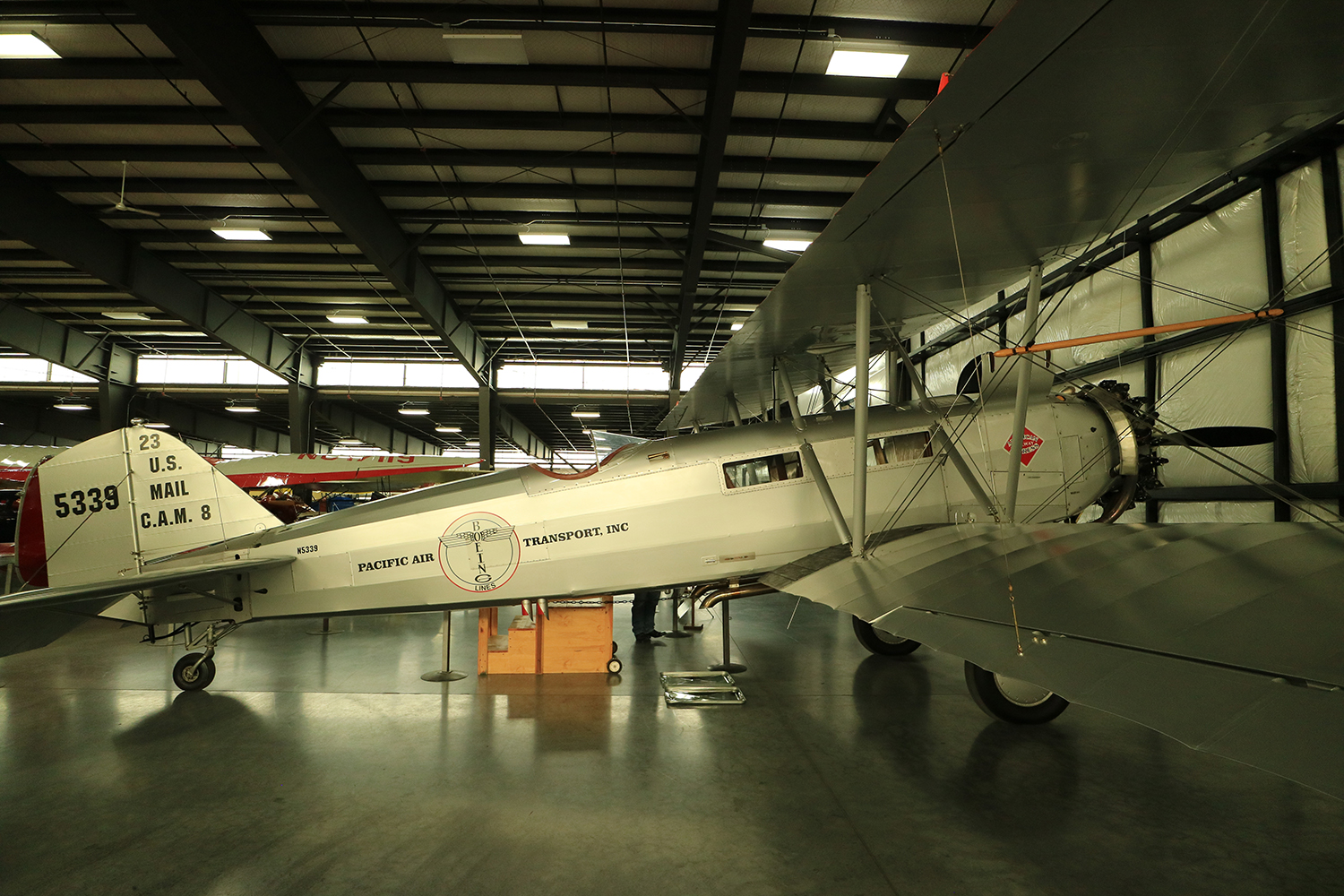“Canon's M3 can't outperform its mirrorless peers, but the price is right.”
- Good RAW image quality
- Improved autofocus performance
- Great build quality
- Compatible with Canon DSLR lenses (via adapter)
- Video is limited to 1080/30p
- JPEG image quality isn’t great
- Stronger competing models exist
All eyes may be on the new EOS M5 now, but Canon has been making inroads in mirrorless for four years. Its early efforts don’t have a great track record: The original EOS M received such a dismal response in North America that the follow-up M2 didn’t even make it here (Canon did eventually bring it stateside, rebadged as the M10). But with the M3, which sits between the M5 and M10 of the EOS M-series, Canon is righting the ship, finally taking the mirrorless market seriously.
We’ve spent a lot of time with the camera and can confirm that it is, indeed, a solid performer. However, it also clings onto some problems, including autofocus performance that still lags behind the competition in some instances. We also tested a variety of EF-M lenses, so we’ll have some thoughts on those as well.
Despite its remaining flaws, the M3 makes a solid choice for certain users, particularly Canon DSLR owners looking for a smaller companion camera. The compact size of the M3 makes it great for travel and vacationing, when lugging around a large DSLR may not be worth the inconvenience. It’s a no-brainer for Canon loyalists, as the optional EF adapter enables one’s existing stash of Canon DSLR lenses to be easily mounted on the M3 with full electronic control. We’ve taken the M3 on vacations, work trips, events, etc., and found the size and weight – paired with a 22mm prime lens – a pleasure.
For newcomers, however, it’s a harder sell considering the many excellent competing mirrorless models out there. With so many terrific alternatives to choose from, does the M3 have a place?
Specs, features, and design
The M3 is like a stripped-down version of the larger EOS Rebel T6i and T6s DSLRs. It uses the same Digic 6 processor and 24.2-megapixel APS-C CMOS sensor, up from the 18MP sensor in previous EOS M cameras. It also gains a 49-point Hybrid CMOS AF III autofocus system that, while not perfect, is an improvement.
We found the T6i and T6s to be very responsive for entry-level DSLRs, but that doesn’t mean you’ll get the exact same experience in the M3. For example, the M3 has a slightly slower burst rate of 4.2 frames per second (fps), versus the DSLR’s 5 fps. It also drops to just 1.5 fps with continuous autofocus turned on. Still, you can expect good, solid performance from those specs, but fast action isn’t the M3’s strong point.
As for video, Canon is sticking with Full HD 1080 at 30p, also like the T6s and T6i. We’re not sure why, at the time of the M3’s introduction, as many competitors have jumped to 1080/60p. Canon is a huge name in video, so it’s a bit of a shame that its mirrorless cameras are holding back in that regard. (The M5, however, changes things with support for 60p, but not 4K, as competitors like Sony are adding to their cameras.)
Autofocus performance is up, but still lags behind the competition.
But even with average specs, the M3 is a solid camera. It is one of the most compact APS-C cameras out there and is incredibly well made. This is something Canon has always done well, even on its advanced point-and-shoots like the PowerShot G-series cameras the M3 closely resembles.
The body (excluding lens) is a bit smaller than the PowerShot G3X, and has similar design cues. PowerShot G users will feel at home when they put their hands on the M3, as even the button layout is more PowerShot than EOS. This is a good move from the original EOS M, which took a minimalist approach to its control layout. By comparison, the M3’s direct-access controls appeal more to enthusiasts.
The back of the camera is dominated by a three-inch, articulating LCD screen with 1.040k dots. It suffers from a less-than-stellar refresh rate, but is otherwise quite versatile. It even flips up a full 180 degrees for selfie mode, with a clever spring the pushes the screen upward just enough to not be blocked at all by the camera body. Its touch sensitivity is quite responsive; moving the focus point around with your thumb is convenient and easy.
There is also an optional electronic viewfinder (EVF-DC1, $300) that we may go so far as to call a must-have if you want to be able to clearly frame your shots under bright sunlight. Naturally, with the viewfinder or another hot-shoe accessory attached, such as a flash, you won’t be able to flip the LCD display up all the way.
At approximately 13 ounces (with battery, without lens), the M3 is seven ounces lighter than the T6i. It does use the same battery (LP-E17), which is nice, but it obviously won’t deliver as many shots per charge as a DSLR. Battery life is rated at just 250 exposures, which is on the low side even for mirrorless cameras, so we recommend opting for a spare. Fortunately, the M3 does include a standalone battery charger, so it’s easy to always keep one topped up.
Performance and use
The M3 is available body-only ($680) or as a kit with an EF-M 18-55mm f/3.5-5.6 lens ($800). As of November 2016, a $250 instant rebate on both configurations brings the price even lower (as of this writing, you can get the kit directly from Canon’s online store for $550). We tested the kit, but Canon also lent us several other native lenses: the 11-22mm f/4-5.6 ($400), 55-200mm f/4.5-6.3 ($350), and 22mm f/2 pancake lens ($250). We also got to test out the EF 50mm f/1.8 STM via the EF to EF-M lens adapter.
This setup could almost cover any assignment, but we spent most of our time working with the 18-55mm and 55-200mm, as these likely the two most common lenses M3 owners will have. One thing worth noting, both of these lenses felt smaller and lighter than their DSLR counterparts, despite needing to cover the same image area, which was nice. Neither, though, is very good in low light. This is where the 22mm f/2 will come in handy, which is currently the only EF-M lens to feature a maximum aperture faster than f/3.5 – a lens we love for when traveling. All the EF-M lenses we used had good construction quality.
Multiple control dials make it easy to change modes and exposure settings.
Lack of native lenses had been a sore point for the EOS-M system previously, but today’s offerings run the gamut. In addition to those tested, Canon now offers an EF-M 38mm f/3.5, 15-45mm f/3.5-6.3, and 18-150mm f/3.5-6.3 superzoom. Still lacking from the lineup is a fast portrait lens and a constant-aperture zoom, although Canon is focusing more down-market with the M3 where these more expensive lenses have less appeal. Hopefully, with Canon’s move into the enthusiast space with the EOS M5, we will start to see a greater variety of lenses for the system.
As for the camera body itself, it is surprisingly comfortable, offering a secure grip despite its small size. It is very well made, and even the screen, with its 180-degree, spring-loaded articulation, feels solid. The video record and image playback buttons are a bit awkwardly placed on the outside edge of the thumb grip, but we got used to this eventually.
We definitely like that Canon has added more control dials to the camera, making it easy to change modes, exposure compensation, and other settings. Shutter speed and ISO can now be changed simultaneously, although the rear control dial is quite light and flimsy in comparison to the top dial.
The original M required you to use the LCD for most functions, and while the touchscreen is certainly nice, we liked being able to change settings without taking our hands away from shooting position. When you do need to dive into the menus, the touchscreen’s improved responsiveness does make navigating much easier.
For new ILC users, the M3 isn’t too intimidating. Canon has always been good at presenting a simplified, easy-to-understand menu system, and that’s no different here. The onscreen icons might be confusing at first to new users, but it shouldn’t take long to get used to them (short, helpful descriptions pop up when you select a function).
RAW photo quality is good, but in-camera JPEGs suffer from excessive sharpening and noise reduction.
Although the camera body is light, the lens can definitely negate this – especially with an adapter and DSLR lens, it can get heavy and unbalanced. The 22mm pancake lens, however, is a perfect fit, and we do really love running with this setup. It’s a nice balance of angle of view, low light capability, and overall size.
The original M was notorious for its slow autofocusing system, and fortunately, the M3’s hybrid system definitely speeds things up. It does have some occasional trouble locking in, especially on more distant subjects and in low light, but worked well in general use. It is not as fast as the AF systems we’ve seen in recent years from Panasonic, Olympus, and Sony, however, nor is it as consistently accurate as Canon’s DSRLs.
As we’ve seen with other Canon cameras, the M3 likes to overexpose photos slightly, but it’s an easy fix with the exposure compensation dial. Otherwise, image quality is mostly good: The new CMOS sensor performed well in our T6i and T6s reviews, and, likewise, it delivers here.
While RAW photo quality is good, in-camera JPEGs suffer from excessive sharpening and noise reduction. They look great at first glance, but fall apart under closer inspection. Zoom in to 100 percent, and they can look a bit soft. To fully realize this camera’s potential, you will definitely want to be shooting in RAW. Unfortunately, given the M3’s more entry-level target demographic, most users will likely stick with JPEGs.
The camera has a native ISO range of 100 to 12,800. In some of our images, the M3 handles low-light scenes well at 1,600 and 3,200, bolstered by good noise reduction – although, again, JPEGs will come out soft. You can push it higher if you view your photos at smaller sizes, but 3,200 is a good threshold.
As for video, it’s hard not to be disappointed that the M3 is stuck with 1080/30p. Videos don’t look bad, but other cameras have long moved on to higher frame rates and resolution. Moire can also be a problem, although is common on all CMOS cameras. A plus is that you can snap a photo while recording video, and you can make some adjustments while recording.
Canon has also improved Wi-Fi pairing. Connecting to an Android or iOS device is a lot smoother, especially on select Android phones with NFC. What’s not great is that Canon has several mobile apps, and it’s confusing to know which one you need for the M3. Just so you know, it’s the Canon Camera Connect app, not the Camera Window app used by prior models.
From the app, users gain remote control over the camera and can also make changes to some settings. Overall, it’s a big improvement from earlier attempts.
Our Take
The EOS M3 is a solid offering from Canon, but it is overshadowed by the more-advanced EOS M5. Early reports suggest the M5 is the mirrorless camera we always wanted Canon to build, and based on our hands-on time with the camera, we agree. Canon calls the M5 a “baby 80D,” in reference to the highly praised EOS 80D DSLR, which features the extremely fast Dual Pixel AF system. But the M5 is considerably more expensive than the M3, especially with the current rebates. The M3 is not perfect, but its compact size, great build quality, and ease of use will still make it appealing to many users.
Are there better alternatives?
At its current price, the M3 combines simplicity and image quality that’s hard to match. There are certainly better cameras, but you may pay more. If the rebate holds, an M3 kit can be purchased for just $550. If you can spare $600, Sony’s A5100 offers a higher-rated sensor and 1080/60p video. For $700, the stylish Olympus OM-D E-M10 II serves up an 8.5 fps burst rate, great AF performance, and even includes a 2.4-million-dot viewfinder built-in.
How long will it last?
With the arrival of the flagship M5, the M3 is on the downhill slope, and we wouldn’t be surprised if Canon replaces it next year with a new midrange model. Canon’s mirrorless efforts will only improve from here. But while the M3 may be going out, it’s going out a fair price. If you pick one up now, you’ll be getting quite a lot of camera for the money, but just know that technology is already moving on.
Should you buy it?
Yes, if you are a current Canon DSLR shooter in need of a smaller, budget camera. Combined with the EF lens adapter, the M3 is the easiest way to continue using your existing lenses. This can save you a lot of money in the long run, but know that native EF-M lenses will ultimately be smaller and lighter weight than their DSLR counterparts. Paired with the 22mm pancake lens, it’s a very compact camera that won’t drag you down, despite its shortcomings.
However, if you’re a Canon shooter and have more money in the budget, you will be better off with the EOS M5. It’s larger, overall, but offers an even better sensor, faster performance, and more advanced capabilities –not to mention a built-in viewfinder.
If you are not a current Canon shooter, then our best advice is probably to avoid the M3. It’s not a bad camera, but it loses some appeal if you don’t already own a stockpile of lenses. The EF-M lenses are fine, but other brands offer a broader range.
The M3 also just doesn’t match the AF, burst rate, or video performance of many competing models. Yes, those other cameras may cost more, but as they say, you get what you pay for.







